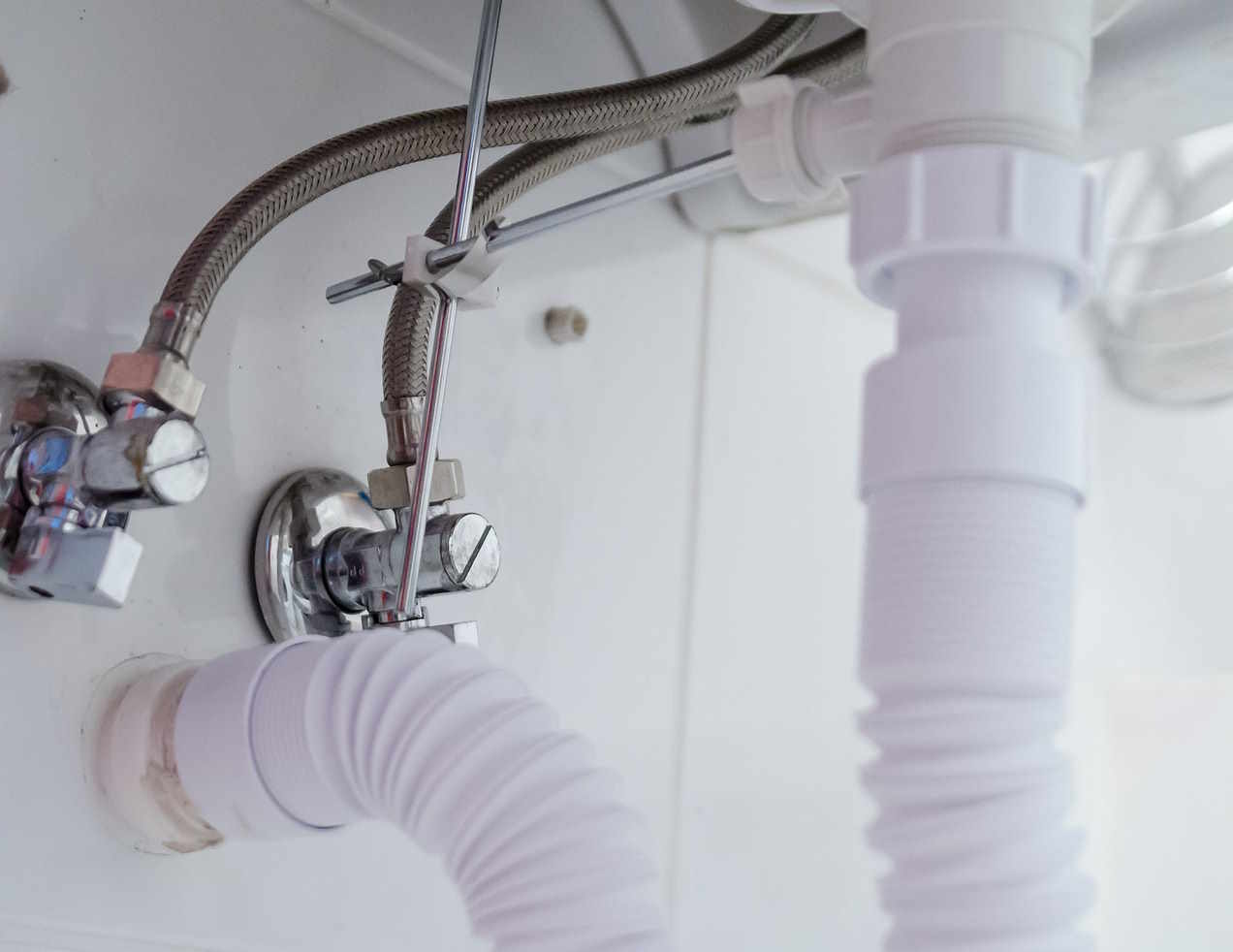Preventative Plumbing Maintenance: Keep Your Home’s Pipes in Top Shape
Regular plumbing maintenance can save homeowners time, money, and stress by preventing leaks, clogs, and water damage before they become serious problems. From seasonal inspections to simple upkeep tips, learn how to keep your pipes, fixtures, and water systems functioning efficiently all year long.

What are the essential plumbing maintenance tips for homeowners?
Keeping your plumbing system in top shape doesn’t have to be complicated. Here are some essential plumbing maintenance tips that every homeowner should know:
-
Regularly inspect visible pipes for signs of leaks or corrosion.
-
Clean sink and shower drains monthly to prevent clogs.
-
Avoid using harsh chemical drain cleaners, which can damage pipes.
-
Test water pressure and adjust if necessary to prevent strain on pipes.
-
Insulate pipes in unheated areas to prevent freezing during cold months.
-
Fix minor leaks promptly to avoid water damage and mold growth.
By incorporating these simple tasks into your routine, you can significantly reduce the risk of major plumbing problems and maintain the efficiency of your home’s water system.
How can you prevent common plumbing problems?
Preventing plumbing problems is often easier and more cost-effective than dealing with repairs after issues arise. Here are some proactive steps you can take to prevent common plumbing problems:
-
Be mindful of what goes down your drains. Avoid flushing non-biodegradable items or pouring grease down the sink.
-
Install drain screens in sinks and showers to catch hair and debris.
-
Regularly clean faucet aerators to maintain proper water flow.
-
Check toilet flappers and fill valves for proper function to prevent running toilets.
-
Educate family members about proper plumbing use to avoid overloading the system.
By implementing these preventative measures, you can significantly reduce the likelihood of experiencing common plumbing issues in your home.
What does a comprehensive home plumbing inspection entail?
A comprehensive home plumbing inspection is a thorough examination of your entire plumbing system. Here’s what you can expect during a professional inspection:
-
Visual inspection of all visible pipes, fixtures, and appliances.
-
Checking water pressure and flow rates throughout the house.
-
Examining water heater for proper function and potential leaks.
-
Testing sump pump operation and backup systems.
-
Inspecting toilets for leaks and proper flushing.
-
Evaluating the condition of main water line and sewer line connections.
-
Assessing the overall age and condition of plumbing components.
Regular home plumbing inspections can help identify potential issues before they become major problems, saving you time and money in the long run.
What leak prevention services are available for homeowners?
Leak prevention services are an essential part of maintaining your home’s plumbing system. Here are some leak prevention services that professional plumbers typically offer:
-
Leak detection using advanced technology like acoustic sensors and thermal imaging.
-
Installation of water leak detection systems with automatic shut-off valves.
-
Pipe insulation to prevent freezing and bursting in cold weather.
-
Pressure reducing valve installation to protect pipes from excessive water pressure.
-
Backflow prevention device installation and testing.
-
Sewer line inspection and cleaning to prevent backups and leaks.
These services can help you avoid costly water damage and ensure the longevity of your plumbing system.
What should be included in a seasonal plumbing checklist?
A seasonal plumbing checklist helps you maintain your plumbing system throughout the year. Here’s a breakdown of tasks to consider for each season:
Spring:
-
Check outdoor faucets for winter damage
-
Clean gutters and downspouts
-
Inspect sprinkler systems for leaks
Summer:
-
Test sump pump
-
Clean air conditioning drain lines
-
Check for leaks in outdoor watering equipment
Fall:
-
Insulate exposed pipes
-
Drain and store outdoor hoses
-
Clean sediment from water heater
Winter:
-
Locate and mark main water shut-off valve
-
Keep heat on to prevent frozen pipes
-
Allow faucets to drip during extreme cold
By following this seasonal checklist, you can ensure your plumbing system is prepared for the unique challenges each season brings.
What are the costs associated with preventative plumbing maintenance?
Preventative plumbing maintenance costs can vary depending on the services needed and the size of your home. Here’s a breakdown of typical costs for common preventative maintenance services:
| Service | Provider | Cost Estimation |
|---|---|---|
| Annual Plumbing Inspection | Local Plumber | $200 - $300 |
| Drain Cleaning | Roto-Rooter | $100 - $250 per drain |
| Water Heater Maintenance | Home Depot | $75 - $150 |
| Sump Pump Inspection | Mr. Rooter | $50 - $100 |
| Pipe Insulation | Local Handyman | $100 - $200 per 100 ft |
Prices, rates, or cost estimates mentioned in this article are based on the latest available information but may change over time. Independent research is advised before making financial decisions.
While these preventative maintenance costs may seem significant, they are typically much lower than the cost of emergency repairs or water damage restoration. Investing in regular maintenance can save you money in the long term by preventing costly plumbing emergencies and extending the life of your plumbing system.
Preventative plumbing maintenance is a crucial aspect of homeownership that can save you time, money, and stress. By following a regular maintenance schedule, staying vigilant for potential issues, and addressing problems promptly, you can keep your home’s pipes in top shape for years to come. Remember that while some maintenance tasks can be done by homeowners, it’s always wise to consult with a professional plumber for more complex issues or if you’re unsure about any aspect of your plumbing system.




